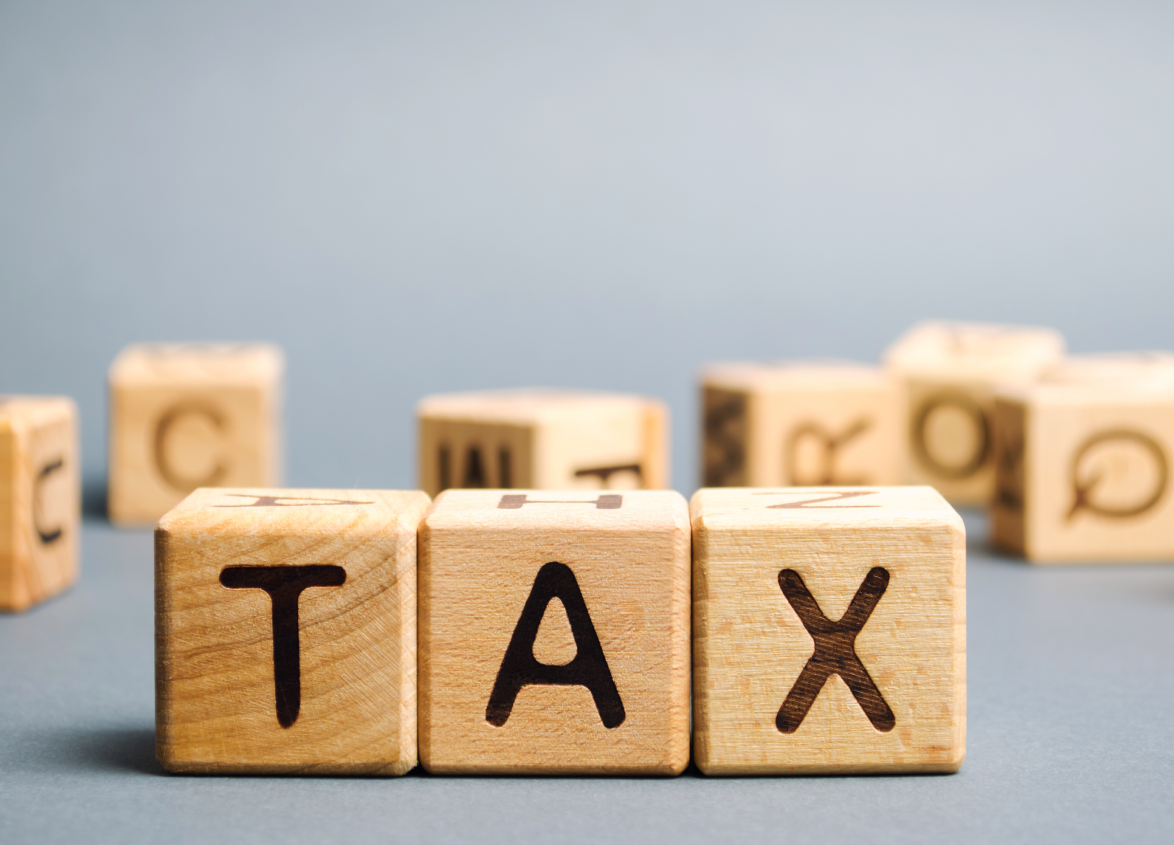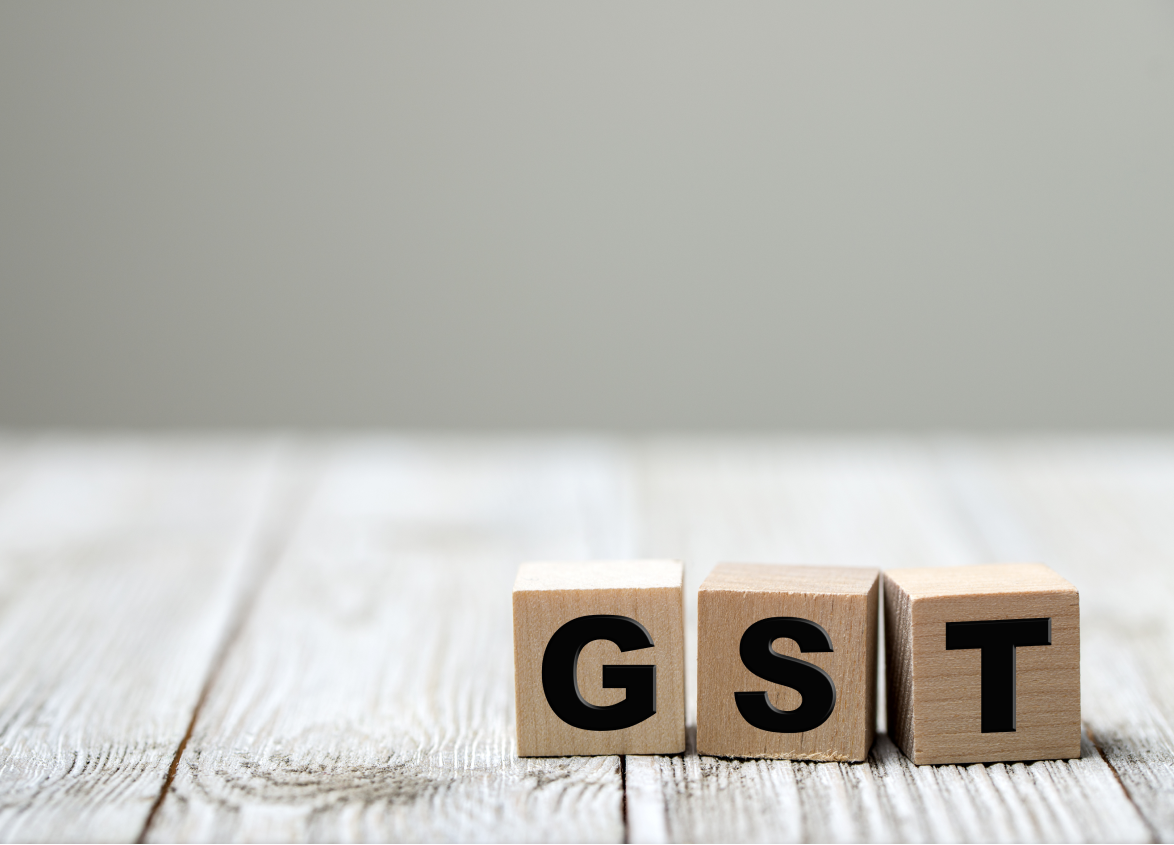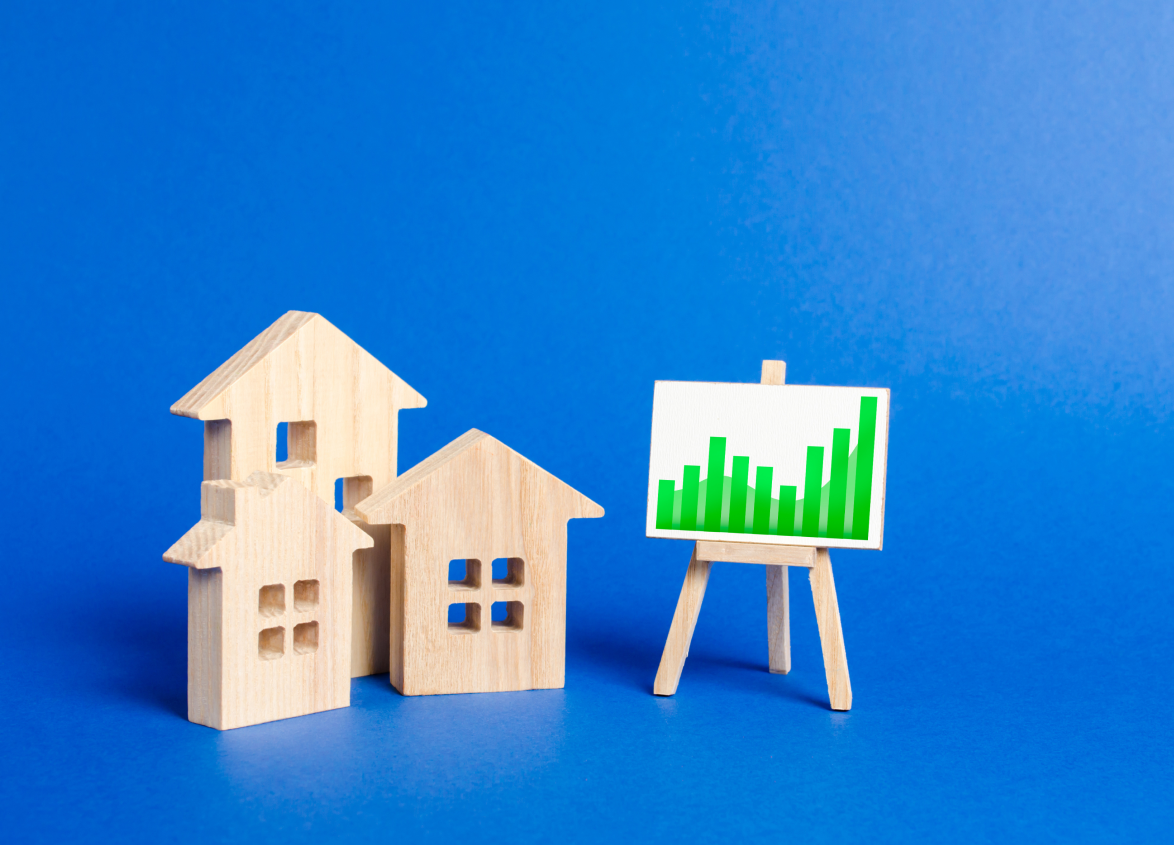
Residential
Circle Rate vs Market Rate: How Property Values are Actually Calculated
August 28, 2025
When you decide to buy or sell a property in India, you might assume that the value is simply the price you and the other party agree upon. In reality, there are two different benchmarks that influence the process: the circle rate and the market rate. These figures not only affect the transaction value but also determine how much you pay in stamp duty, registration fees and even tax.
Many first-time buyers hear these terms for the first time during the registration process and are left wondering about the difference between circle rate and market rate. Knowing how they work can help you budget correctly and avoid unexpected expenses.
What is Circle Rate?
The circle rate (also called guidance value or ready reckoner rate in some states) is the minimum price per unit area of property set by the local government for a particular location. This is the lowest value at which a property can be officially registered.
It is essentially the government’s benchmark for property valuation and serves as the base for calculating stamp duty and registration charges. In Karnataka, for instance, the Department of Stamps and Registration publishes guidance values for different areas, including localities in Bengaluru.
If you are buying an apartment in a residential project like Brigade’s developments, the circle rate for that locality will form the starting point for your registration charges.
Factors that Influence Circle Rates
Circle rates vary widely, even within the same city. Authorities determine them based on a mix of factors such as:
Location
Prime city-centre areas attract higher circle rates compared to suburban or developing localities.
Property type
Rates may differ for residential, commercial and industrial properties.
Amenities and infrastructure &ndas
Better road connectivity, proximity to schools and hospitals, and the presence of public utilities push rates upwards.
Market trends
While not as reactive as market rates, circle rates can be revised upwards periodically if property prices rise consistently.
Government policy
State governments may adjust rates to increase revenue or encourage transactions in certain zones.
What is Market Rate?
The market rate is the price that a buyer is willing to pay and a seller is willing to accept in an open market. Unlike the circle rate, it is not fixed by the government. It reflects real-time demand and supply, as well as the property’s unique attributes.
The market rate is influenced by factors beyond government assessment, such as current demand in the area, perceived future value and even the developer's reputation. For example, apartments in a Brigade residential project may command a higher market rate compared to similar-sized units nearby because of better design, amenities and brand trust.
Factors that Influence Market Rates
Market rates are dynamic and can fluctuate more frequently than circle rates. Common influencing factors include:
Demand and supply
High demand and limited inventory can push prices up quickly.
Builder reputation
Established developers with a track record of quality often command higher prices.
Property condition
Well-maintained or newly built properties can sell above average rates in the area.
Neighbourhood profile
Safety, cleanliness and social infrastructure like parks or retail hubs contribute to higher rates.
Future developments
Upcoming metro lines, road projects or commercial hubs can make an area more attractive and push prices higher.
The Core Difference: A Side-by-Side Comparison
| Aspect | Circle Rate | Market Rate |
|---|---|---|
| Definition | Government-notified minimum value for property registration | Price determined by buyer-seller agreement in the open market |
| Set by | Local or state government | Market forces and negotiation |
| Revision frequency | Periodically (once a year or less) | Changes frequently with market trends |
| Purpose | Used for calculating stamp duty and registration charges | Reflects actual transaction value and demand |
| Flexibility | Fixed for an area until next revision | Negotiable between parties |
| Impact | Determines minimum tax liabilities | Determines final sale or purchase price |
How Both Rates Impact Your Transaction
Both circle rate and market rate can influence what you pay and what gets recorded officially:
- If the market rate is higher than the circle rate, stamp duty and registration fees are calculated on the market rate.
- If the circle rate is higher, fees are calculated on the circle rate even if the transaction happens at a lower price.
- When there’s a large gap between the two, there can be tax implications, especially for the buyer under Section 56(2)(x) of the Income Tax Act and for the seller under capital gains provisions.
For homebuyers in premium developments like Brigade’s, market rates often exceed circle rates, meaning you’ll pay duties on the higher figure.
Calculating Stamp Duty and Registration Fees
Stamp duty and registration charges are usually a percentage of the property’s value calculated on the higher of the circle rate or market rate.
Example:
- Circle rate value of a flat: ₹80 lakh
- Market rate value: ₹95 lakh
- Applicable rate for calculation: ₹95 lakh
If the stamp duty rate is 5% and the registration charge is 1%, you would pay:
- Stamp duty: ₹4.75 lakh
- Registration: ₹95,000
Karnataka, like many states, offers concessions for women buyers and for certain affordable housing categories.
The Tax Implications for Buyers and Sellers
A mismatch between the circle rate and the market rate can create tax liabilities:
- For buyers – If you buy a property below the circle rate, the difference between the circle rate value and your purchase price may be treated as taxable income under the Income Tax Act.
- For sellers – If you sell below the circle rate, capital gains are calculated on the circle rate value, not your actual sale price. This can increase your tax liability.
These rules are meant to curb under-reporting of property values. It’s important to keep them in mind when negotiating a deal.
Conclusion
Understanding circle rate vs market rate is more than just knowing property jargon, it’s key to making sound financial decisions in real estate. The circle rate ensures a baseline for government revenue and legal compliance, while the market rate reflects actual value in a competitive environment.
For buyers, especially in cities like Bengaluru where branded developments such as Brigade’s have a strong market presence, knowing both figures helps you plan for upfront costs and future appreciation. For sellers, it can help you position your property competitively while staying compliant with tax laws.
Frequently Asked Questions (FAQs)
Q1. Can I buy or sell a property below the circle rate?
You can, but the government will still calculate stamp duty and registration fees on the circle rate. There may also be income tax implications if the transaction value is lower.
Q2. How can I check the circle rate of a property in my city?
Most state governments publish circle rates on their Department of Stamps and Registration websites. You can also check with the local sub-registrar’s office.
Q3. What happens if the market rate is higher than the circle rate?
If the market rate is higher, your duties and fees are calculated on that higher figure. This is common in high-demand areas and branded residential projects.
Q4. Does the circle rate affect my property tax?
Generally, property tax is calculated on annual rental value or unit area value, not directly on the circle rate. However, circle rates can influence government assessments over time.
Q5. What is the role of a professional valuer in this process?
A registered valuer can assess a property’s fair market value, factoring in location, condition, and comparable sales. This can be useful in disputes, for loan purposes, or when the gap between circle and market rate is large.
MUST READ
Looking for something specific?
We'd be delighted to help you.




























































































































































































































































































































































































































